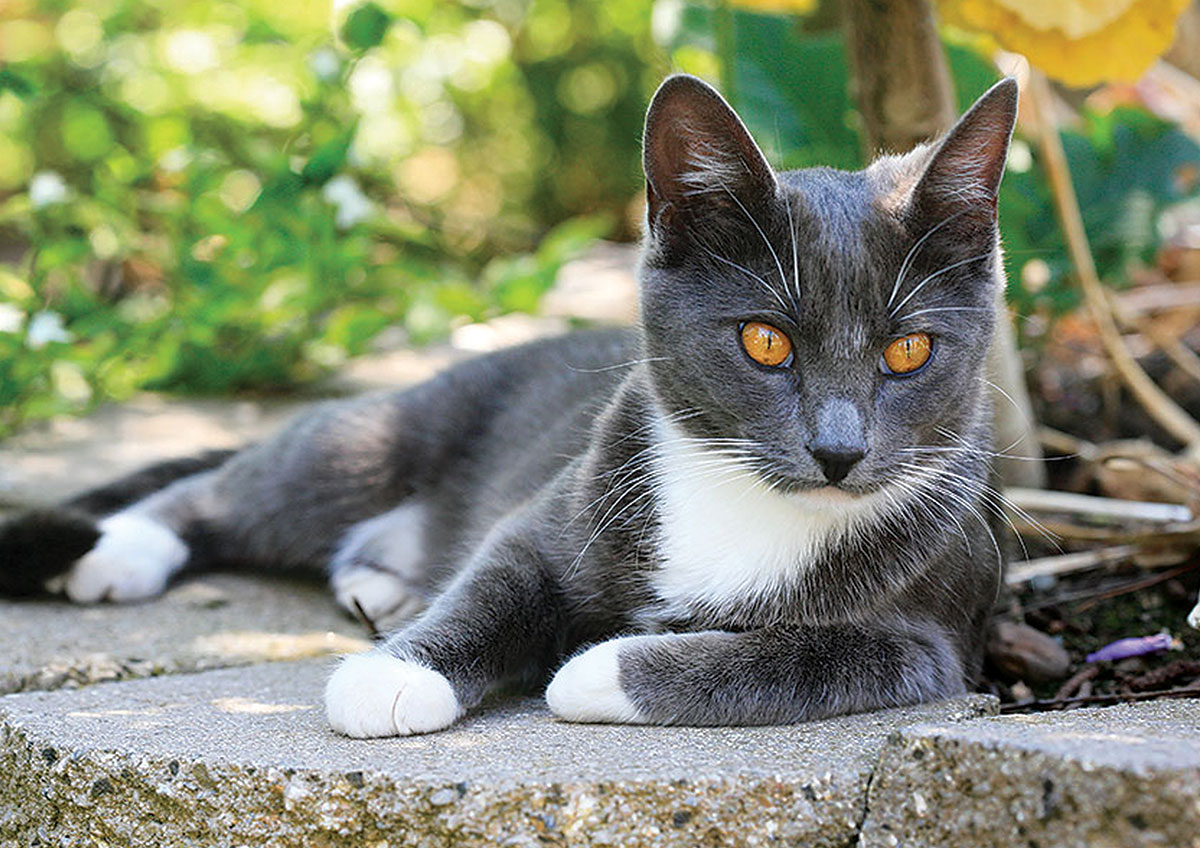Contrary to many people’s beliefs, a neutered cat is not much different from a normal cat. The only real change is the reduction of her metabolic rate. This increases the risk of obesity, but also dysfunction of the urinary tract due to the increased concentration of salts.
The scientific community strictly classifies the cat as a sarcophagus, as well as its “cousin” the tiger. So, regardless of the climate in which it is located or its size, it should be fed almost exclusively on meat. For example, a tiger needs less food * due to the high temperatures at which it lives, compared to the wolf, which lives in colder climates and needs more, both for “isolation” from the cold and for energy. . The same goes for cats. So, whether we are talking about a small Singapura cat or a Maine Coon, the diet is the same. What changes is the quantity.
This is why conventional pet food companies include in their range special recipes for neutered animals. These recipes contain smaller amounts of cereals. That is, avoiding ingredients with inappropriate carbohydrates that can cause various ailments in a pet, such as simple indigestion and constipation, or even more serious ones such as obesity and diabetes. The aim, however, is not to reduce the amount of grain after sterilization, but to follow our cat a diet free of any type of grain. A diet high in animal protein (therefore low in carbohydrates) helps build lean muscle mass.
Regarding the concentration of salts, what we should pay attention to are the levels of magnesium, the values of which should not exceed 0.1%. However, they are not much lower, because although magnesium needs attention, it is an important mineral for the cat’s body. Thus it should not be reduced beyond the permissible limit to avoid causing other health problems, such as hypertrophic cardiomyopathy, muscle spasms, etc.
Therefore, in order to keep our neutered cat healthy, we should choose a diet rich in high biological value animal protein, completely free of grains and potatoes, with “careful” magnesium values and of course adhere to the recommended dosage.
* (per kilo of body weight)








